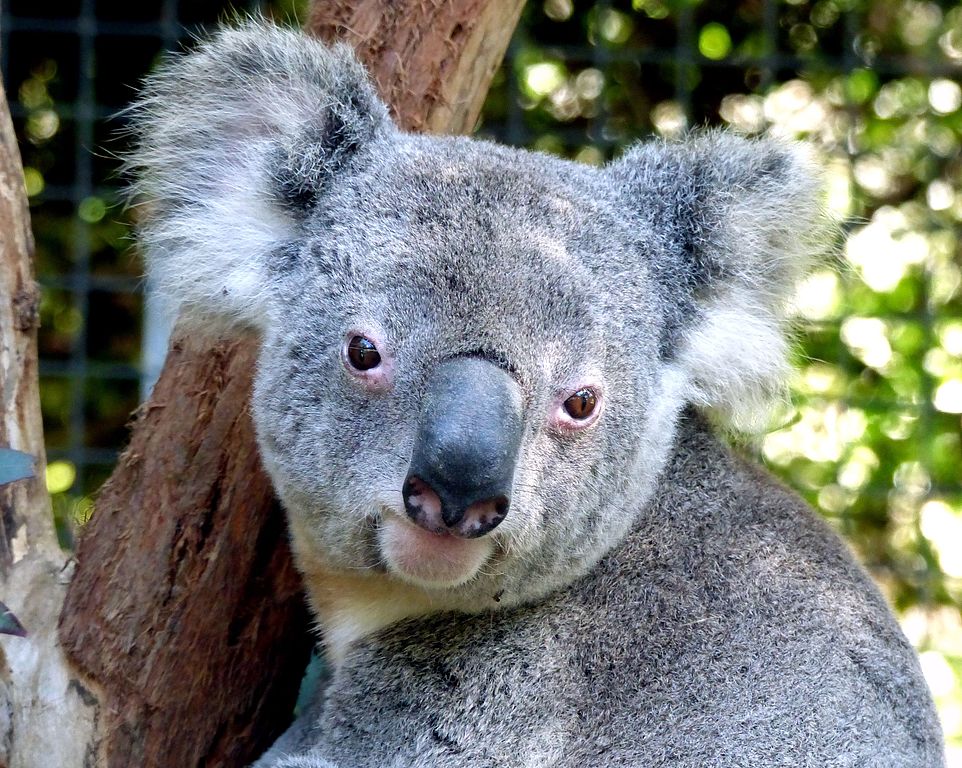By Ben Radford
Copyright greenleft

After decades of grassroots campaigns, New South Wales Labor finally announced the creation of the Great Koala National Park (GKNP) on September 7. It also placed an immediate logging moratorium within its boundaries.
The park combines 176,000 hectares of state forests — straddling Gumbaynggir and Dunghutti Country — with existing reserves to form a 475,000-hectare network of protected areas on the New South Wales mid north coast.
“This park will protect 12,000 koalas and enable their populations to recover as their feed trees regrow,” North East Forest Alliance spokesperson Dailan Pugh said. “This is the sort of action we need if we want to double their population in NSW.”
The park will also protect the habitat of 108 other threatened species, Pugh said. “This park will be of long-term environmental benefit, as it encompasses one of the largest climate refugia in NSW where many of these species can best withstand the rapidly escalating climate chaos.”
Pugh said the park will bring “long-term economic benefits” to the region through tourism, while creating employment opportunities in repairing logging damage.
However, he said “delays in finalising the decision [had] enabled the Forestry Corporation to log and degrade important parts of the park”.
Since Labor won office in March 2023, logging has intensified within the proposed GKNP boundaries, with the state-owned Forestry Corporation of NSW logging more than 4000 hectares of native forest, destroying critical habitat and breaching environmental protections.
Labor has also indicated that the park’s long-term funding will be tied to the creation of Australian Carbon Credit Units under the federal “Improved Native Forest Management” method. Under this scheme, forest protection is monetised as a carbon sink allowing credits to be sold to polluters that want to offset emissions.
The Australia Institute has repeatedly warned that Australia’s carbon credit system is fundamentally flawed by allowing big emitters to continue polluting while claiming to be taking climate action. “Offsets don’t reduce emissions; they just shift the accounting burden somewhere else,” its analysis concluded.
Sue Higginson, Greens Member of the Legislative Council, said Labor’s plan “to link legal protection of the park to carbon credit approvals raises a big red flag. Forest protection should stand on its own and offsets that let big polluters keep emitting are not a climate plan.”
Meanwhile, the timber industry and Coalition MPs have been scaremongering about job losses, with Nationals MPs claiming that the GKNP will cost thousands of jobs.
In reality it will affect just six small timber mills — about 300 jobs. Labor has promised a support package for affected workers, including priority placement if they wish to transfer into the NSW National Parks and Wildlife Service.
Forestry Corporation is already running at a loss; it has decimated native forests while repeatedly breaching the state’s weak environmental laws. David Lindenmayer, one of Australia’s leading scientists, said the corporation effectively operates as a “criminal organisation”.
A University of Newcastle study estimated that the park would generate more than 9800 full-time jobs, over 15 years, in tourism, infrastructure, science and education.
North Coast Environment Council spokesperson Susie Russell said the park “will bring more jobs, economic benefits and general wellbeing to the mid north coast than logging ever has. It will also play a vital role in protecting the water catchments that the people of Coffs Harbour and surrounds depend on.”
Friends of Pine Creek (FoPC) have long campaigned for a “Forest Bridge” wildlife corridor to allow koalas and other wildlife to move safely between Bongil Bongil National Park and Bindarri National Park. FoPC told Green Left it welcomed Labor’s announcement and said it is relieved that “about 40% of the Forest Bridge will be conserved under the GKNP”.
“However, to ensure the connectivity required for the significant and healthy koala populations in Pine Creek State Forest — home to intergenerationally significant koala populations — we will continue to advocate for the protection of the Forest Bridge and the contained large swathes of established koala habitat that will not fall under protection of the GKNP.”
“Surveys have shown the importance of established habitat, within compartments still earmarked for logging, to koalas and other threatened species,” FoPC said. “So while we take a moment to celebrate this monumental win and honour all who have worked tirelessly for the creation of the GKNP, the work for Pine Creek will continue.”
Campaigners are also calling for broader state-wide protections for koalas and other wildlife. “There is still more to be done,” Pugh said. “We trust that the NSW government will now restart its Forest Industry Action Plan process to determine the future of all NSW’s public native forests.”



